
The 1970s, a decade often compressed into nostalgic montages of disco balls and bell-bottoms, was in reality a tumultuous and profoundly transformative period that reshaped the global landscape in ways that continue to resonate today. Far from being a mere transitional phase, “the Seventies,” as historians increasingly portray it, served as a “pivot of change” in world history, marking the end of the postwar economic boom and ushering in an era defined by economic upheavals, political realignments, and burgeoning social movements. It was a time when established orders were challenged, new ideologies gained traction, and technological leaps laid the groundwork for the modern age.
This decade witnessed a complex interplay of forces, from protracted wars and oil crises to the quiet rise of computing and the vocal demands for greater equality. It was a period where the seeds of future conflicts were sown even as efforts for peace were made, where global interconnectedness became starkly evident, and where the aspirations for a more egalitarian society gained significant momentum. Understanding the ’70s isn’t just about recalling its distinct cultural markers; it’s about appreciating the intricate ‘ensemble’ of events and decisions that collectively created the stage for the world we inhabit today, revealing the deep roots of many contemporary issues and advancements.
Join us as we journey through some of the most pivotal moments of this remarkable decade, uncovering the underlying currents and monumental shifts that shaped nations, economies, and societies across the globe. We’ll examine how these events, often overlooked in their broader implications, acted as catalysts for change, demonstrating that the ’70s was truly a crucible of global transformation, with each development contributing to an evolving narrative of human progress and challenge.
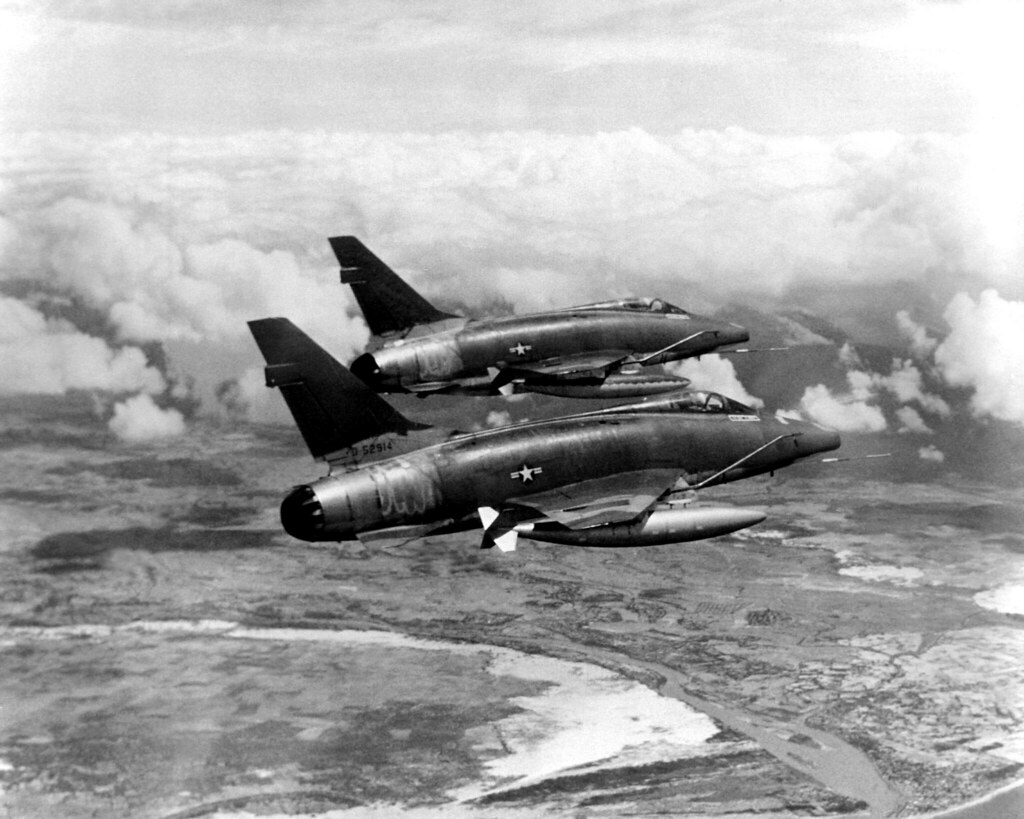
1. **The End of the Vietnam War and its Aftermath**The 1970s saw the long and divisive Vietnam War finally draw to a close, a conflict that had profoundly impacted American society and international relations for decades. The United States was deeply involved in the war in the early part of the decade, facing increasing domestic political pressure. This pressure ultimately led to America’s withdrawal from the war in 1973, a significant turning point in global politics. The subsequent Fall of Saigon in 1975, marking the unconditional surrender of South Vietnam on April 30, 1975, brought an end to the fighting and led to the official reunification of Vietnam the following year. This event was not merely the end of a war but symbolized a shift in the global power dynamic and America’s role on the international stage.
The American withdrawal, followed by the fall of Saigon and evacuations of South Vietnamese, represented a profound moment of reflection for the Western world, especially the United States. It signaled the limitations of military intervention and contributed to a period of détente with rival superpowers. The context notes that the “US was in a weakened position following the failure of the Vietnam War,” which partially motivated the policy of détente, promoting the idea that “the world’s problems could be resolved at the negotiating table.” This geopolitical re-evaluation had ripple effects across foreign policy strategies for years to come, influencing how conflicts were approached and how alliances were formed.
Beyond the immediate military and political ramifications, the end of the Vietnam War had immense social consequences. Anti-war protests, a significant social movement of the 1960s, continued into the early 1970s, underscoring a growing public discontent with government policy and military engagement. The resolution of the war, while bringing an end to direct conflict, left a complex legacy of veterans’ issues, national division, and a re-evaluation of military power, all of which contributed to the shaping of political discourse and societal values in the subsequent decades.
Read more about: The $1.3 Trillion Mistake That Crippled the US Navy

2. **The Global Oil Crises and Economic Transformation**The 1970s are inextricably linked with the seismic shifts in the global economy triggered by the 1973 oil crisis and later the 1979 energy crisis. These events, primarily caused by oil embargoes imposed by the Organization of Arab Petroleum Exporting Countries (OPEC), sent shockwaves through industrialized nations. Suddenly, the steady economic growth enjoyed in the post-war era was replaced by a period of “economic recession due to an oil crisis,” fundamentally altering the economic landscape and forcing countries to confront their dependence on foreign energy sources. The crisis became a stark reminder of the interconnectedness of global economies and the vulnerability of developed nations to external shocks.
The oil crisis had far-reaching consequences beyond just higher gas prices, ushering in “stagflation”—a perplexing economic phenomenon combining stagnant growth with high inflation and unemployment. This challenge exposed the limits of Keynesian economic theory, prompting a “political and economic trend of the replacement of Keynesian economic theory with neoliberal economic theory.” This shift laid the groundwork for future market liberalization, with Chile’s 1973 coup marking the rise of the first neoliberal government.
Globally, economies reacted differently. While many industrialized countries faced recession, “the economy of Japan witnessed a large boom,” overtaking West Germany to become the world’s second-largest, despite the embargo. For much of the developing world, initial progress from the Green Revolution “slowed by the oil crisis, although it boomed afterwards,” underscoring the decade’s deepening global economic interdependence.
These economic upheavals fundamentally altered societal expectations and government responsibilities, ending an era of assured prosperity. The imperative to manage energy, control inflation, and stimulate growth became central to national policies. Lessons from these crises inform economic strategies today, marking a true “pivot of change” in how nations managed their economic destinies.
Read more about: Beyond the Couch: Unpacking Oprah Winfrey’s Billion-Dollar Business Blueprint and Enduring Cultural Impact
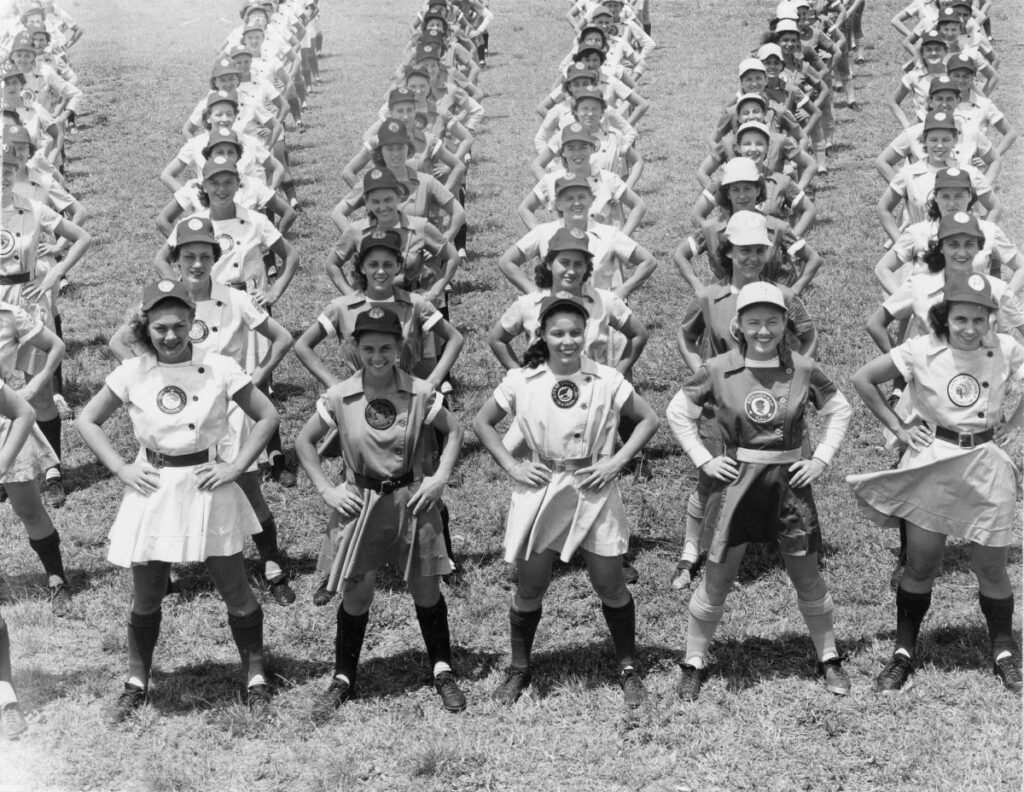
3. **The Rise of Women in Global Leadership**The 1970s stood out as a pivotal decade for women in politics, witnessing “the presence and rise of a significant number of women as heads of state and heads of government in a number of countries across the world.” Many of these remarkable individuals were “the first women to hold such positions,” shattering long-standing gender barriers and paving the way for future generations. This represented a visible manifestation of the “social progressive values that began in the 1960s, such as increasing political awareness and economic liberty of women,” which continued to gain momentum throughout the decade.
Notable examples from the context highlight this groundbreaking trend. Soong Ching-ling continued her role as the first Chairwoman of the People’s Republic of China until 1972, demonstrating early leadership. Isabel Perón became the first woman President in Argentina in 1974, though she was later deposed in 1976. Elisabeth Domitien made history as the first woman Prime Minister of the Central African Republic. Indira Gandhi continued her tenure as Prime Minister of India until 1977, maintaining a prominent global profile. Lidia Gueiler Tejada became the interim President of Bolivia beginning in 1979, and Maria de Lourdes Pintasilgo emerged as the first woman Prime Minister of Portugal in 1979.
Perhaps one of the most enduring symbols was Margaret Thatcher, whose “1979 election resulted in the victory of its Conservative leader,” making her “the first female British Prime Minister.” Her rise challenged traditional leadership and initiated “neoliberal economic policy of reducing government spending, weakening the power of trade unions, and promoting economic and trade liberalization” in the UK. These appointments reflected a broader global ethos of “increasingly flexible and varied gender roles for women in industrialized societies,” signifying profound societal changes and recognition of women’s capabilities.
While the context notes that “the gender role of men remained as that of a breadwinner,” the influx of “an ever-increasing number of women entering the non-agrarian economic workforce” alongside these political milestones pointed to a deep-seated transformation. The visibility of these female leaders inspired women worldwide and normalized the idea of female authority, critically shaping public perception and laying a foundation for continued progress in gender equality in the decades that followed.
Read more about: Hollywood’s Leading Ladies: 14 Iconic Women Who Shaped the Entertainment Industry
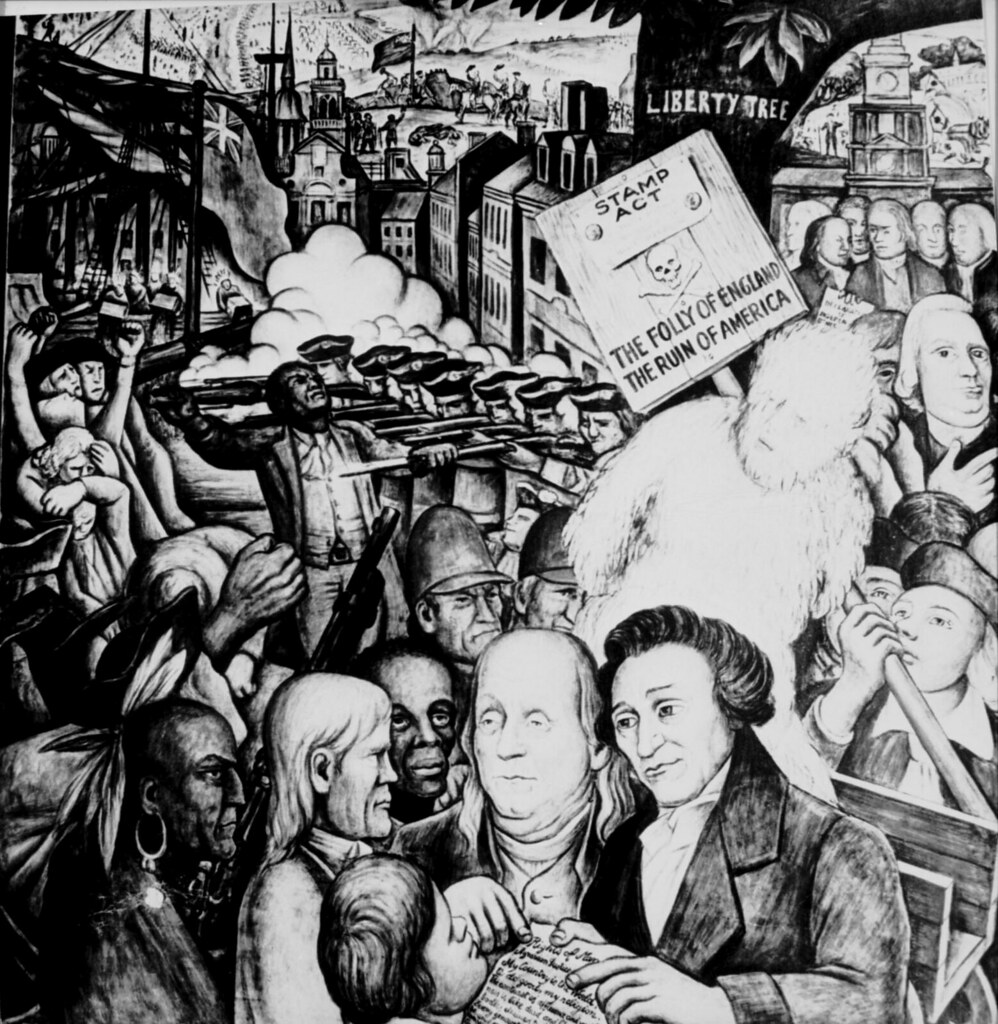
4. **The Iranian Revolution and the Dawn of Islamic Fundamentalism**The 1970s concluded with one of its most globally significant events: “The Iranian Revolution of 1979,” which profoundly reshaped the political and religious landscape of the Middle East and beyond. This revolution dramatically “transformed Iran from an autocratic pro-Western monarchy under Shah Mohammad Reza Pahlavi to a theocratic Islamist government under the leadership of Ayatollah Ruhollah Khomeini.” This was not merely a change of government but a fundamental ideological overhaul, introducing a new model of governance rooted in religious principles that challenged both Western democracy and Soviet communism.
The revolution’s impact was immediate and far-reaching. “Distrust between revolutionaries and Western powers led to the Iran hostage crisis on November 4, 1979, where 66 diplomats, mainly from the United States, were held captive for 444 days.” This event highlighted Iran’s dramatic rupture with the West, setting a new precedent for international conflict. The rise of this “Shi’a theocracy of Ayatollah Ruhollah Khomeini” introduced “a new wrinkle… in the form of Islamic fundamentalism,” hostile to both Western democracy and “godless communism,” establishing a new geopolitical force.
Beyond Iran’s borders, the revolution had a significant ripple effect. The context states that “the Iranian revolution also affected global attitudes toward and among those of the Muslim faith toward the end of the 1970s,” fostering a new sense of religious identity and political activism across the Muslim world. It inspired similar movements and discussions, becoming a blueprint for those seeking to blend religious principles with state governance. The overthrow of the Pahlavi dynasty also “led to the breaking off of a Syrian-Iraqi unification,” which had been sought under Saddam Hussein’s predecessor, Ahmed Hassan al-Bakr, and “would lead to the Iran–Iraq War starting in the 1980s,” foreshadowing future regional instability.
The emergence of an independent, anti-Western Islamic state fundamentally altered the balance of power in the strategically vital Middle East. It demonstrated that popular religious movements could successfully challenge and overthrow established, internationally supported regimes. This event’s complex legacy, including its influence on global energy markets, international diplomacy, and the rise of various Islamist movements, ensures its place as a defining moment that continues to shape contemporary global affairs.
Read more about: The 1970s: A Decade of Disappearance – 12 Shocking Moments When Leaders and Eras Vanished From the World Stage

5. **Advancements in Computing: The Microprocessor Revolution**While much of the 1970s was characterized by political upheavals and economic shifts, it was also “an era of great technological and scientific advances,” quietly laying the foundation for a digital revolution. Among these, the appearance of the “first commercial microprocessor, the Intel 4004 in 1971,” stands out as a landmark achievement. This tiny component, scarcely noticed by the general public at its inception, began a profound transformation in computing. Previously, computers were “rudimentary, spacious machines,” accessible only to large institutions and specialists.
The microprocessor changed everything. The decade “was characterised by a profound transformation of computing units – by then rudimentary, spacious machines – into the realm of portability and home accessibility.” This shift was monumental, moving computing out of specialized labs and into the realm of possibility for individual users. Although personal computers as we know them were still in their nascent stages, the underlying technology enabling them was rapidly evolving. This advance made possible the miniaturization and cost reduction necessary for the widespread adoption of digital technology in the coming decades, creating the bedrock for our interconnected world.
This technological leap wasn’t an isolated incident; it was part of a broader wave of scientific progress. The context mentions “great advances in fields such as physics, which saw the consolidation of quantum field theory at the end of the decade, mainly thanks to the confirmation of the existence of quarks and the detection of the first gauge bosons… part of what was christened in 1975 as the Standard Model.” These breakthroughs in fundamental science, alongside the practical application of the microprocessor, illustrate a decade where intellectual boundaries were being pushed across multiple disciplines. The microprocessor’s quiet revolution, however, would have the most direct and pervasive impact on daily life and industrial practice, ultimately shaping the way we communicate, work, and entertain ourselves.
The influence of the microprocessor extends far beyond its initial applications, demonstrating how a singular technological innovation can spawn entire industries and redefine human interaction. Its development in the 1970s was an “ensemble” of brilliant engineering and foresight that created the essential building blocks for the information age. Without the rapid advancements in computing during this period, the digital landscape of the 21st century would be unimaginable, cementing the 1970s as a crucial turning point in technological history.
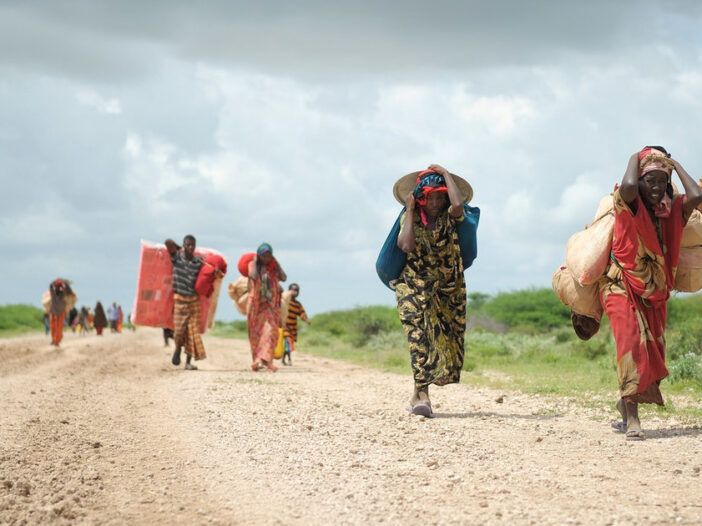
6. **The Intensification of Cold War Proxy Conflicts and Decolonization’s Aftermath in Africa**The 1970s were a turbulent crucible for newly independent nations, especially across Africa, where the legacies of decolonization collided with the broader geopolitical struggle of the Cold War. As European empires formally receded, power vacuums emerged, frequently leading to intense internal strife and external intervention. The Carnation Revolution in Portugal, for instance, spurred the independence of Angola and Mozambique in 1975, yet this freedom swiftly descended into prolonged civil wars. These conflicts became battlegrounds for proxy forces, with Cuba and Mozambique supporting Marxist factions in Angola, while South Africa and Zaire backed anti-Marxists, illustrating the pervasive reach of superpower rivalries.
The continent was tragically “plagued by endemic military coups, with the long-reigning Emperor of Ethiopia Haile Selassie being removed,” further destabilizing already fragile political landscapes. This removal, part of a military coup in 1974, ended one of the world’s longest-lasting monarchies and plunged Ethiopia into a protracted civil war. Similarly, the formal end of the Spanish Empire came in 1976 with Spain’s withdrawal of its claim over Spanish Sahara, yet this merely shifted the conflict, leading to the Western Sahara War between the Polisario Front and Morocco and Mauritania.
These conflicts, civil wars, and famines were not isolated incidents but intertwined consequences of decolonization’s complexities and the Cold War’s global chess match. The Angolan Civil War, lasting until 2002, stands as a stark testament to the human cost of these proxy battles and the challenge of nation-building in a polarized world. The decade vividly demonstrated how the promise of independence could quickly devolve into prolonged suffering, shaping the continent’s trajectory for decades.

7. **The Yom Kippur War and the Shifting Sands of Middle East Diplomacy**The Middle East, a region perpetually at the heart of global geopolitical concerns, experienced a dramatic escalation of conflict in the early 1970s before witnessing a surprising move towards peace by the decade’s close. October 1973 saw the “initial increase in violence in the Middle East as Egypt and Syria declared war on Israel, starting the Yom Kippur War” to reclaim territories lost in the 1967 conflict. The war caught Israel largely “by surprise and suffered heavy losses before they rallied,” eventually repelling the combined Egyptian and Syrian forces and crossing the Suez Canal into Egypt.
This intense, albeit short, conflict underscored the deep-seated animosities and territorial disputes that defined the Arab-Israeli conflict. It also highlighted the precarious balance of power and the constant threat of wider regional destabilization. The war’s aftermath, however, unexpectedly paved the way for diplomatic breakthroughs that would fundamentally alter the regional landscape.
A significant shift occurred in the late 1970s when the situation was “fundamentally altered” by unprecedented peace efforts. In 1978, Egypt, under President Anwar Sadat, and Israel, led by Prime Minister Menachem Begin, signed the historic “Egyptian–Israeli Peace Treaty” at Camp David in the United States. This monumental agreement ended outstanding disputes between the two nations, earning Sadat and Begin the 1978 Nobel Peace Prize. It represented a crucial step towards de-escalation in a volatile region, though it also led to Sadat’s assassination in 1981, revealing the deep divisions such peace initiatives could create.

8. **The Horrors of the Cambodian Genocide and Southeast Asian Turmoil**While the world focused on the end of the Vietnam War, another humanitarian catastrophe of unimaginable scale unfolded quietly in Southeast Asia. “In Cambodia, the communist leader Pol Pot led a revolution against the American-backed government of Lon Nol,” eventually capturing the capital, Phnom Penh, on April 17, 1975. This victory ushered in the brutal reign of his communist government, the Khmer Rouge, which immediately began implementing a radical, Marxist agrarian society, forcing urban populations into the countryside to clear jungles and work the fields.
The Khmer Rouge’s regime was characterized by extreme ideological purity and unparalleled brutality. “Buddhist priests and monks, along with anyone who spoke foreign languages, had any sort of education, or even wore glasses were tortured or killed.” This systematic purging targeted intellectuals, minorities, and anyone perceived as a threat to their utopian vision. The sheer scale of the atrocity is staggering, with estimates suggesting that “As many as 3 million people may have died” during the Cambodian genocide between 1975 and 1979.
The nightmare regime was eventually brought down by a neighboring communist power. “Vietnam invaded the country at the start of 1979, overthrowing the Khmer Rouge and installing a satellite government.” While ending the genocide, this intervention “provoked a brief, but furious border war with China in February of that year,” further illustrating the complex and often brutal interplay of ideological and national interests in the region. The Cambodian genocide stands as one of the darkest chapters of the 1970s, a stark reminder of the extreme consequences of radical political ideology.
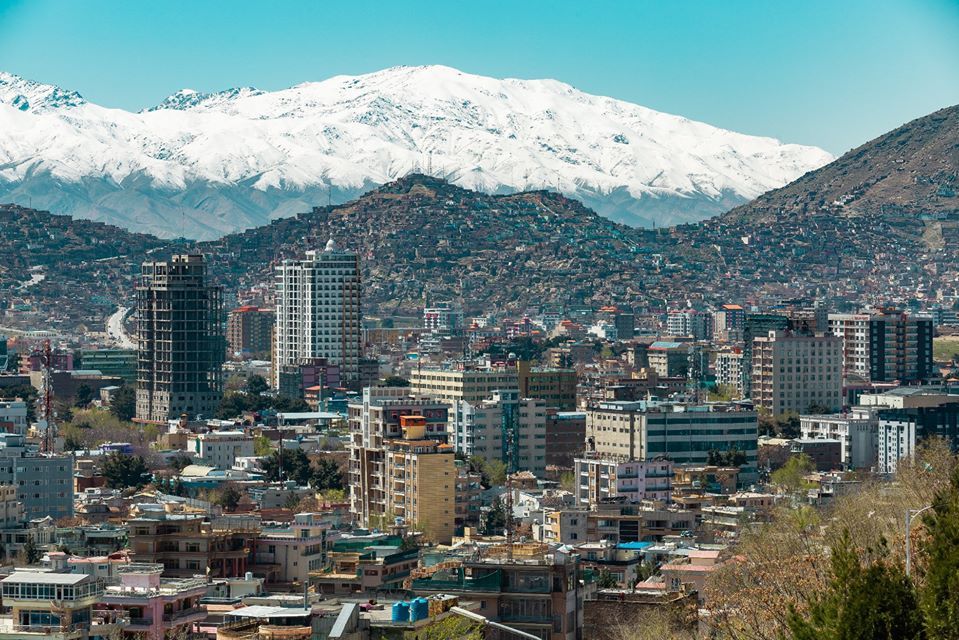
9. **The Soviet Invasion of Afghanistan: The Decisive End of Détente**The 1970s, largely defined by a period of eased tensions between the United States and the Soviet Union known as détente, concluded with a dramatic event that shattered this fragile equilibrium: “In 1979, the Soviet Union invaded Afghanistan, which led to the Soviet–Afghan War.” This invasion, launched on December 27, 1979, marked a significant escalation of Cold War rivalry and fundamentally reshaped global geopolitics for the coming decade.
The policy of détente, which promoted the idea that “the world’s problems could be resolved at the negotiating table” and had been pursued by the Soviet Union under Leonid Brezhnev for most of the seventies, was “abruptly ended with the Soviet invasion in Afghanistan.” This act of military aggression was perceived by the Western world as a blatant expansionist move, directly challenging the principles of peaceful coexistence that détente sought to establish. It reignited fears of Soviet expansionism and prompted a strong international response.
For the United States, the invasion was seen as a direct affront and a threat to regional stability, especially given Afghanistan’s strategic location. It solidified American resolve to confront Soviet influence and led to a renewed arms race and increased support for anti-Soviet forces globally. The Soviet–Afghan War, though beginning in the 1970s, would largely unfold in the 1980s, becoming a protracted and costly conflict that would contribute significantly to the eventual weakening and collapse of the Soviet Union. This invasion truly served as a “new wrinkle” in international relations, signaling a dangerous return to direct superpower confrontation.
Read more about: The ’70s Unveiled: 12 Pivotal Moments and Transformations That Defined a Decade (Then Faded Away)

10. **Cataclysmic Disasters: Unprecedented Humanitarian Crises of the Decade**The 1970s, beyond its political and economic turbulence, was also marked by a series of truly cataclysmic natural and man-made disasters that inflicted unprecedented humanitarian crises. Early in the decade, the “1970 Bhola cyclone” in November, striking the densely populated Ganges Delta region of East Pakistan (now Bangladesh), became the “deadliest natural disaster in 40 years,” killing an estimated 500,000 people. This singular event highlighted the extreme vulnerability of populations to environmental forces and the devastating scale of such tragedies.
Compounding the region’s suffering, the early 1970s also witnessed the horrific “1971 Bangladesh genocide,” where the Pakistan Armed Forces committed atrocities to curb independence movements in East Pakistan, resulting in “killing 300,000 to 3,000,000 people.” This human-made catastrophe, intertwined with the subsequent “Bangladesh famine of 1974,” which officially claimed 26,000 lives but was asserted by various sources to be closer to 1,000,000, showcased how political conflict and environmental vulnerability could combine to create profound human suffering on a staggering scale.
Beyond South Asia, other parts of the world also faced immense devastation. On July 28, 1976, a 7.5 earthquake “flattened Tangshan, China, killing 242,769 people and injuring 164,851,” marking one of the deadliest earthquakes in human history. Just a year prior, in China’s Henan province, the “Banqiao Dam… failed after a freak typhoon; over 200,000 people perished.” These events, from cyclones and earthquakes to famines and dam failures, served as grim reminders of the world’s fragility and the immense challenges of disaster relief and prevention in an era less equipped with modern communication and aid infrastructure.
Read more about: Remember the 2000s? These 12 Iconic Moments and Cultural Revolutions Ruled the Decade—and Still Shape Our World!

11. **Emergent Social Uprisings and Separatist Movements**The 1970s were not only defined by international conflicts and economic shifts but also by powerful internal social and political upheavals across various nations, reflecting deep-seated demands for justice, self-determination, and recognition. One such pivotal moment was the “Soweto uprising” in South Africa in June 1976. Peaceful student protests by black students against the forced use of Afrikaans in schools escalated dramatically, leading to the brutal killing of “more than 176 people, overwhelmingly by South Africa’s Security Police.” This event became a defining moment in the anti-apartheid struggle, exposing the regime’s brutality and galvanizing international condemnation.
Across the Atlantic, Canada grappled with the “Rise of separatism in the province of Quebec.” The decade began with the intense “October Crisis” in 1970, where radical Quebec nationalist militants kidnapped political figures, leading to martial law. Later, the election of the Parti Québécois, led by René Lévesque, brought to power the first political party committed to Quebec independence, pursuing an agenda to strengthen Francophone Québécois culture through measures like the controversial “Charter of the French Language,” often known as “Bill 101.”
Meanwhile, the persistent sectarian conflict known as “The Troubles in Northern Ireland continued, with an explosion of political violence erupting in the early 1970s.” Notable incidents such as the Bloody Sunday massacre highlighted the severe and often deadly clashes between communities and state forces. These diverse social and separatist movements, whether in the pursuit of racial equality, national identity, or an end to political violence, showcased a decade rife with internal pressures and calls for profound societal and political restructuring, underscoring that the fight for a more egalitarian society was indeed gaining significant momentum globally.
The 1970s, far from being a mere interlude of disco and distinct fashion, was a decade of monumental shifts and challenging transformations. The ‘ensemble’ of events—from the reverberations of decolonization and the crucible of Middle Eastern conflict to the horrors of genocides and the quiet march of technological progress—collectively forged the foundational elements of the world we now inhabit. It was a period where the seeds of future challenges were sown, while the aspirations for a more equitable global society continued to evolve against a backdrop of profound and often turbulent change.



